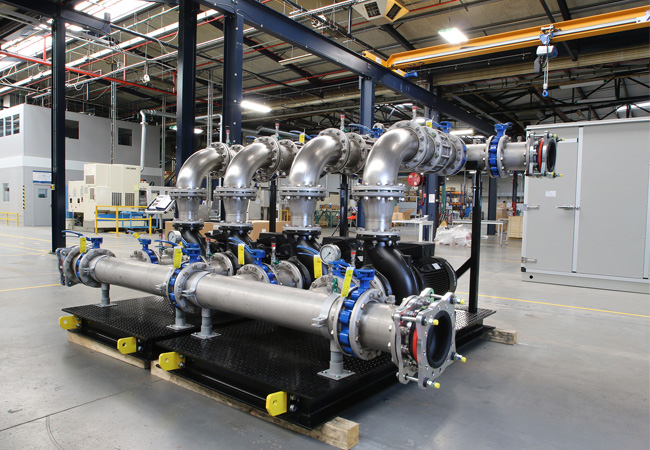Webinars

Sponsored by

R32 VRF and F-Gas phase down
Watch the CIBSE Journal webinar, sponsored by Daikin, on demand

Sponsored by

A Case for change: Setting new UK standards for high rise drainage
What are the challenges with high-rise drainage design and how can they be overcome?

Sponsored by

Get your pump boosting projects under control
How good design helps minimise issues with booster systems

Sponsored by

Sibling harmony – using generators with UPS
Delivering power resilience by using both a generator and uninterruptible power supply

Sponsored by

Introducing Compliant Emergency Lighting
Are you confident your emergency lighting system will be adequate if called upon? Does it comply with current legislation, and just as importantly, can…

Sponsored by

Off-site build – a solid base for future developments
This webinar on benefits of 'plug and pump' solutions will take place on 19 September 2019 at 13:00 (BST)

Sponsored by

Uninterrupted Power Interpreted
Make sure you don’t miss this key opportunity to learn more about delivering power resilience

Sponsored by

How can energy storage help cut your energy bills while keeping your lights on?
This webinar, held on 12 July, is now available on demand

Sponsored by

Ventilation solutions to improve air quality for Part F
Register now for the latest insights into air quality from Daikin. The event took place on 12 June

